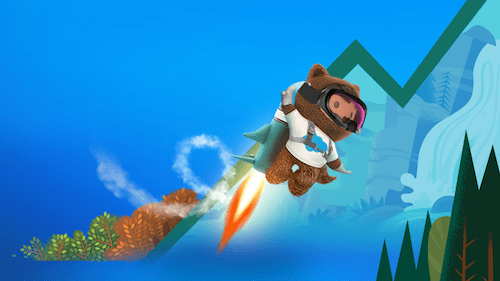
Get your FREE 30-day trial.
Please complete all fields.
According to a DemandGen report, 8 out of 10 B2B purchases are unplanned, but have you ever asked yourself what causes decision makers to shift their priorities and buy something that was unplanned and unbudgeted? The answer is a series of Trigger Events.
First it’s crucial to understand the difference between a Trigger Event and a circumstance or pain.
For example, a married man who’s going bald wakes up every day older, heavier, grayer and balder. These are circumstances or pains. He doesn’t do anything about his circumstance or pain until he experiences a very specific Trigger Event. That Trigger Event is becoming single. When he becomes single, he buys a new car, goes to the gym, buys new clothes and starts using Rogaine. The same is true with decision makers and B2B purchases.
For B2B decision makers, a circumstance or pain might be a company’s falling stock price or shrinking margins. Maybe for some reason they’re unhappy with their current solution or vendor, but that’s not enough to cause them to change their priorities and all of a sudden buy something different.
Before they change vendors, prospects typically need to experience a series of Trigger Events.
At the start of each month or quarter, use the first Trigger Event as a way to fill your sales funnel with high-value prospects. Here you simply want to get them thinking about what the problem really is and how your way of solving the problem is better than other methods of solving the problem.
Near the middle of the month or quarter, leverage the second Trigger Event to allow someone the time to look at your solution or money to purchase it. Show them options of how to implement your solution and demonstrate flexibility on how they can pay for it.
Near the end of the month or quarter, harness the third Trigger Event to close more sales and make your numbers. Point out what others in the industry or geography have done, are doing, or are about to do.
This is my second in a series of seven blog posts on the top seven ways to harness the power of technology to sell more. The list is shared David Letterman style – starting with #7 and working my way to #1. Check out my last post on why decision makers in a Window of Dissatisfaction are 5 times more likely to buy from you and how to prevent these decision makers from contacting your competition.
Next month I’ll talk about a special form of sales analysis that will help you identify the best Trigger Events for what you sell.
About the author
Craig Elias is the creator of Trigger Event Selling™ and the chief catalyst at Shift Selling, Inc. He writes about sales for salesfoce.com, insidesales.com, Canada’s national newspaper the Globe and Mail and has 12,000+ subscribers to his blog.
Learn more tips to attract new customers in our free ebook at the button below.